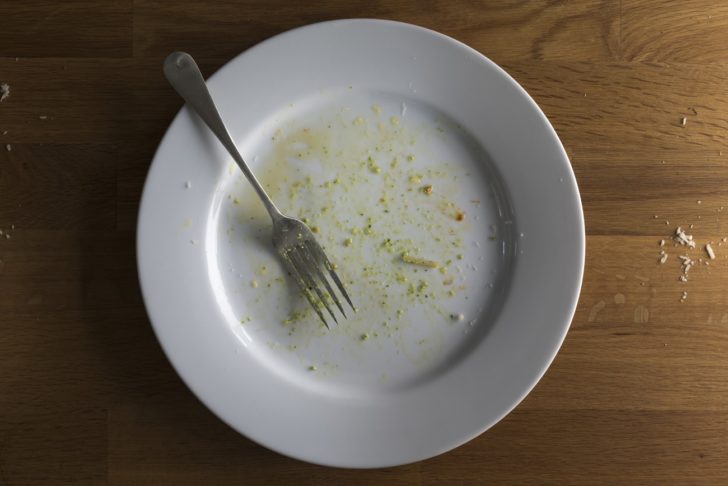And which nutrients are missing because of it
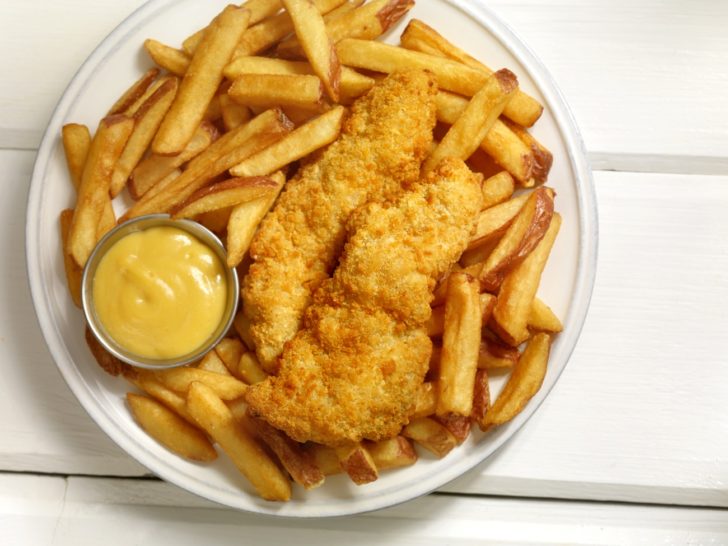
A helpful mantra for healthy eating is “carbs, protein, fat and color”. If you regularly see each of these on your plate, then you are likely eating a pretty balanced diet. Fruits and vegetables make our plate colorful and provide us with vitamins, minerals, and antioxidants that we don’t get from the other food groups. When it comes to fruits and vegetables, another healthful mantra is “eat the rainbow”. Here’s why.
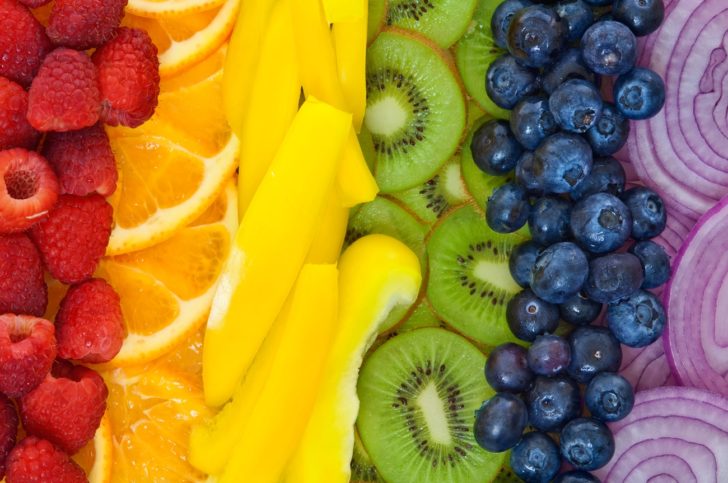
The colors in the fruits and veggies we eat reflect different nutrient concentrations. Eating the rainbow is ideal. Those who consume the nutrients and phytonutrients from a variety of colors are optimizing health and disease prevention. What colors are you missing?
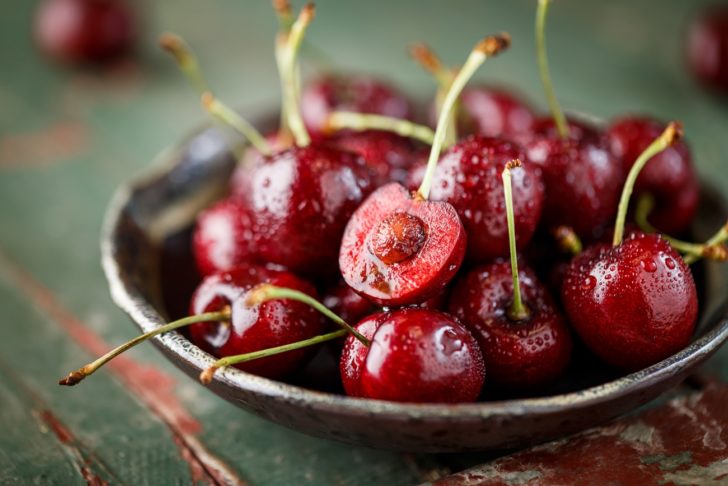
Red Fruits & Veggies
Cherries, pomegranate, tomatoes, red bell peppers, cranberries, apples, watermelon, strawberries. These have higher concentrations of lycopene (an antioxidant associated with protection from various cancers, especially prostate), and anthocyanin (reduces risk of cancer, cardiovascular disease risk and cognitive decline) . Tomatoes are richest in lycopene and processing tomatoes – like with tomato sauce and catsup – actually makes the lycopene more available for our bodies to use.
Recipes for adding more red to your rainbow
Red Berry Pudding
Crab & Roasted Pepper Bisque
Sweet & Tart Cranberry Millionaire Salad
5-Ingredient Tomato Sauce

Orange & Yellow
Pumpkin, sweet potatoes, carrots, orange peppers, cantaloupe, pineapple, lemons, yellow bell peppers, starfruit, yellow beets, yellow squash. In addition to vitamin C and potassium, these contain carotenoids (beta-carotine is a carotenoid) – antioxidants giving these foods their orange and yellow color. In addition to being an antioxidant, beta-carotine gets converted to vitamin A, which is known as the “vision vitamin” because it promotes good vision, especially in dim light. Getting beta-carotine from orange/yellow fruits and veggies is a better idea than using supplements because high doses of beta-carotine can be harmful.

Vitamin C is pretty amazing. It is necessary for growth and repair of our cartilage, bone and teeth and it aids in the absorption of iron (which is related to how energetic we feel). It is also an antioxidant, so blocks damage done by free radicals – which contribute to aging, arthritis, heart disease, cancer, and the harmful effects of tobacco smoke. Vitamin C is also found in some red and green fruits and veggies.
Delicious ideas for adding more beta-carotine and vitamin C to your plate:
Roasted Pumpkin Fries
Savory Sweet Potato Spread
Tropical Smoothie: Mango Pineapple Strawberry Blast
Roasted Stuffed Peppers
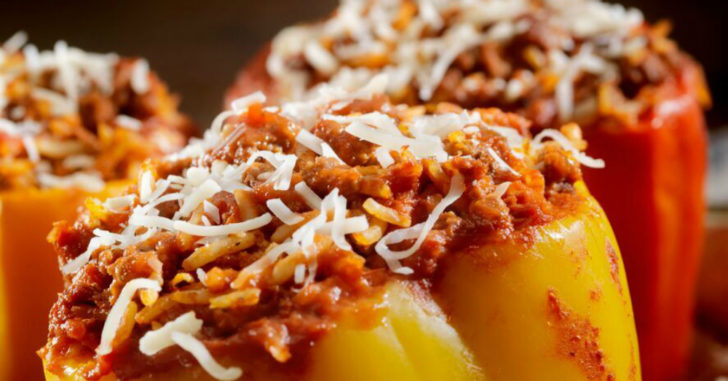
Green
Artichokes, kiwi, brussel sprouts, spinach, avocado, asparagus, peas, green apples, cucumber, green beans, honeydew. These are especially rich in folate, a B vitamin that helps make red blood cells. Without enough folate you can become anemic, which can make you feel weak and tired. Folate is important for all of us, but especially important for infants and women who are pregnant or trying to become pregnant. Avocados are unique compared to other fruits and veggies because in addition to potassium and fiber, they contain fat – the good fat (monounsaturated) that supports cardiovascular health.
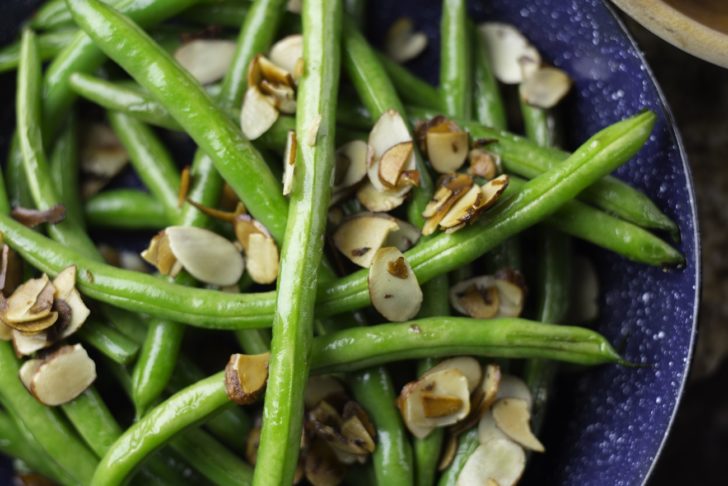
Add more green with one of these recipes:
Egg and Avocado Breakfast Toast
Easy Asparagus Tart
Crispy Asian Brussel Sprouts
Healthy Spinach Artichoke Dip
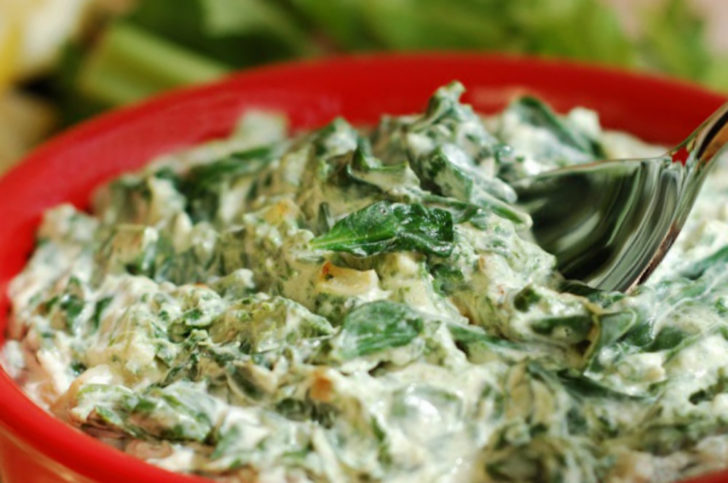
Blue & Purple
Red cabbage, eggplant, blackberries, blueberries, plums, purple grapes, purple asparagus. Like many red fruits and veggies, anthocyanin is also what gives most blue and purple produce it’s dark hue. Anthocyanins have been associated with decreased death from cardiovascular disease and coronary artery disease. And as an antioxidant, they help prevent cancer by combatting antioxidants (they are also being looked at for tumor reduction, but the jury is still out on that).

Add more blue & purple with one of these tasty dishes:
Pull Apart Garlic Eggplant
No Mayo Coleslaw
Blueberry BBQ Chicken & Rice Skillet
Broccoli Blueberry Salad
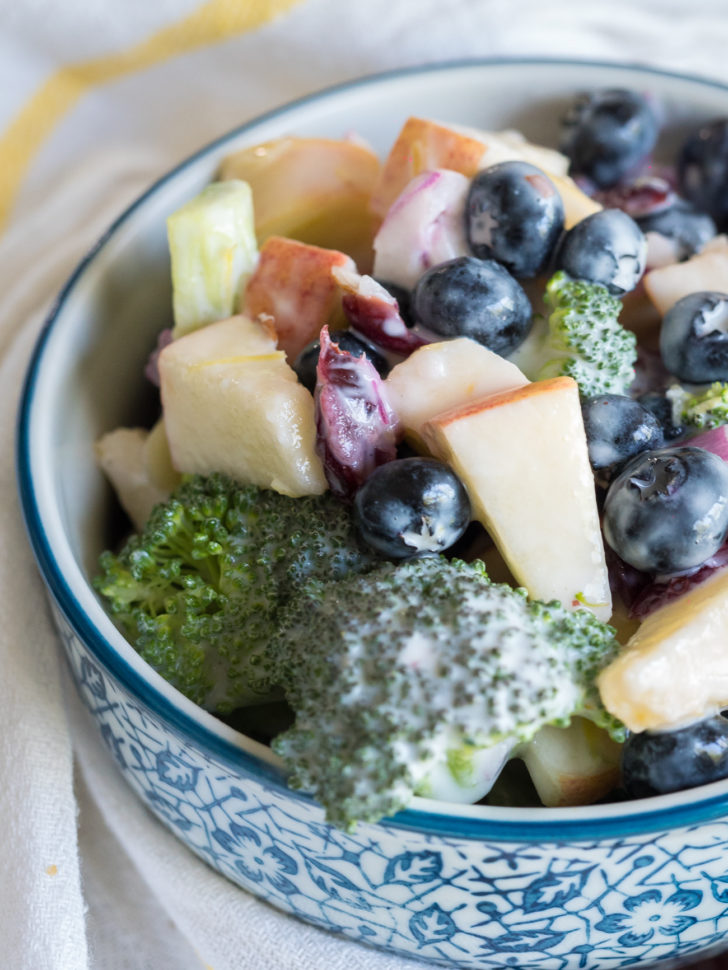
Seeing the rainbow in our produce selection is important, as is the intensity of the color. The darker or brighter it is, the more nutrient rich it is, which makes sense since many of the phytonutrients described above are contained in the pigment of fruits and veggies. Keep that in mind when selecting produce and when preparing it.
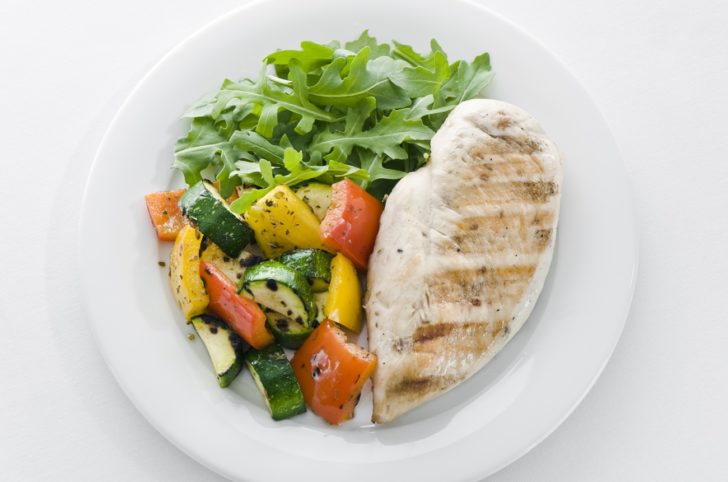
Cooking with heat can reduce the nutrient content, but so long as there isn’t a very noticeable amount of color fading, there is no need for concern. The cooking method with the least effect on nutrient density is steaming, and the cooking method most likely to reduce nutrients is boiling (because the nutrients in the veggies leach into the surrounding water). When grilling, roasting, and sauteing, just be sure to keep an eye on the color and pull that broccoli from the BBQ before it changes shade from shamrock green to pickle green.
Some of us grow beautiful gardens that produce our produce. For the rest of us (me included), we can do a quick review of our grocery cart before checking out — do we have the rainbow?
